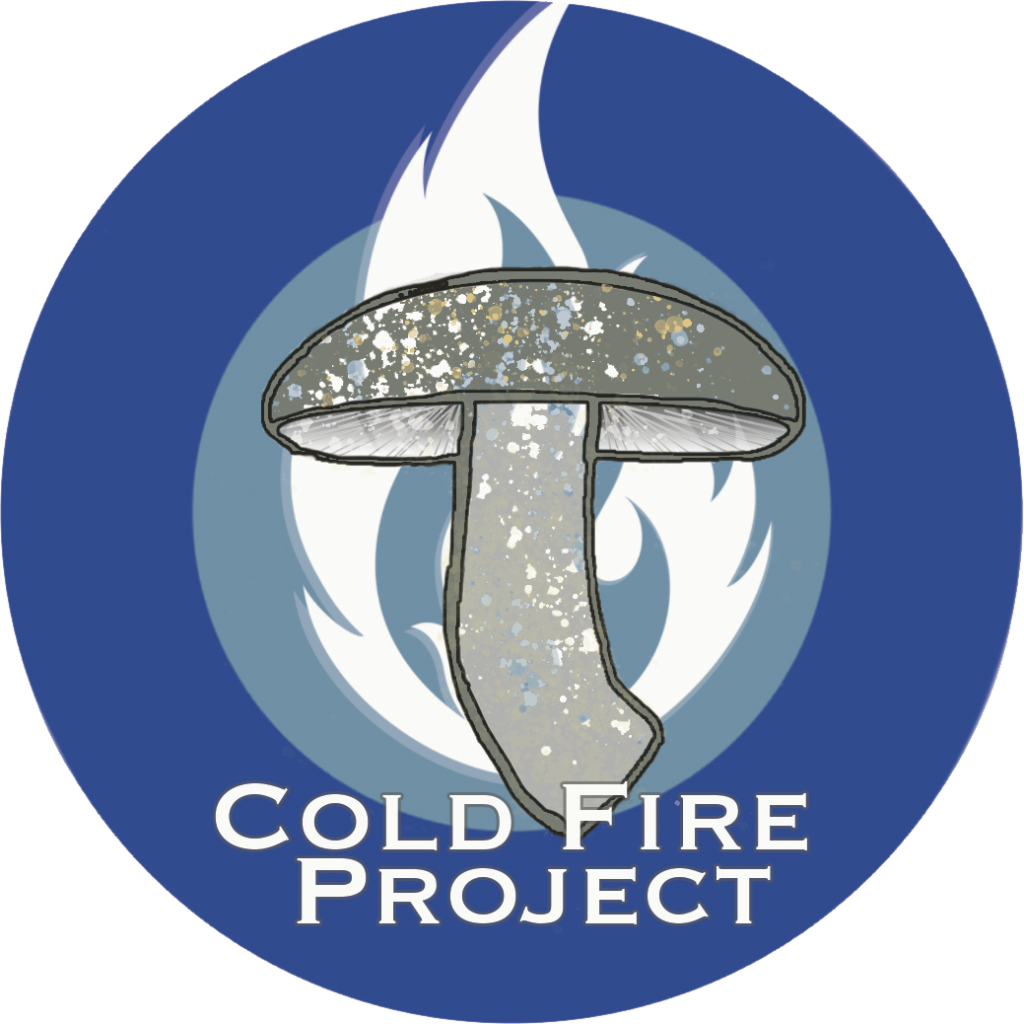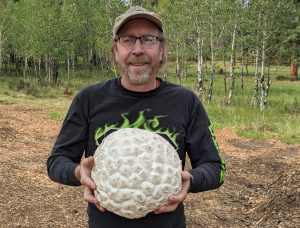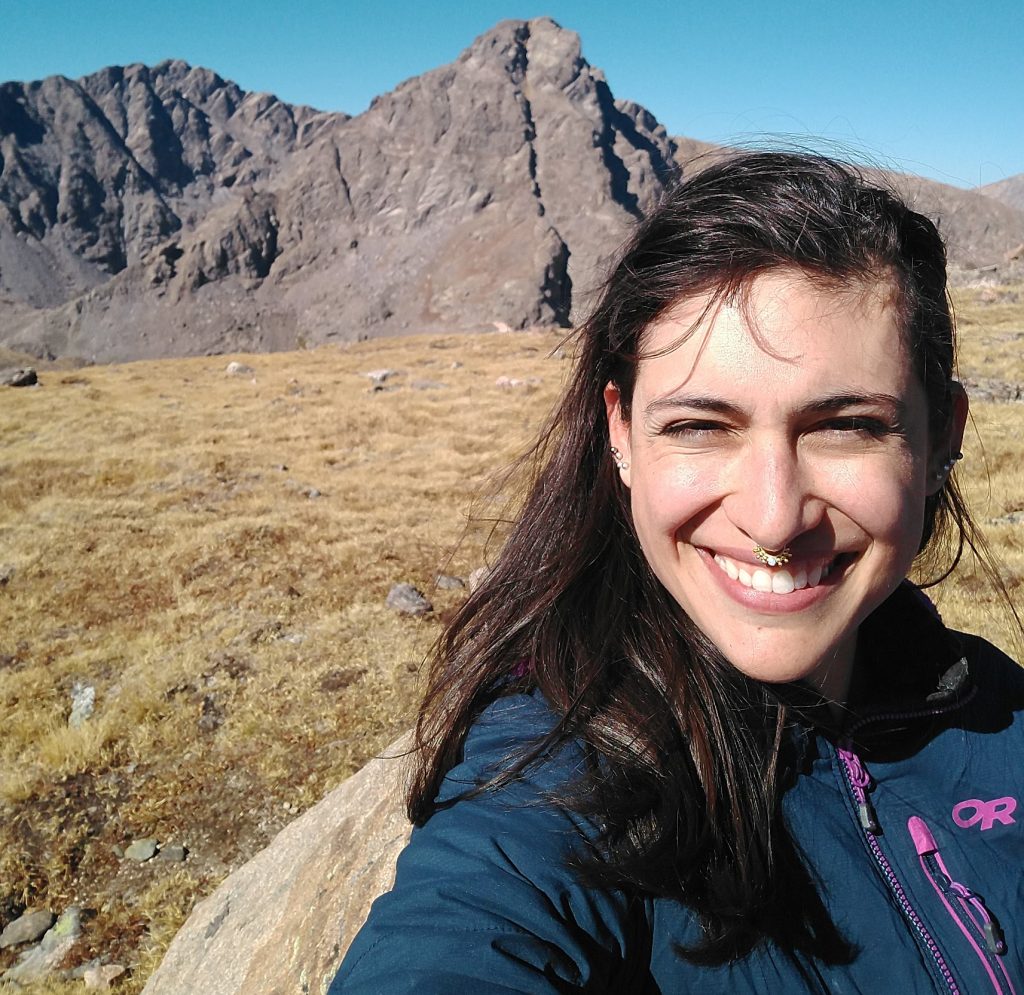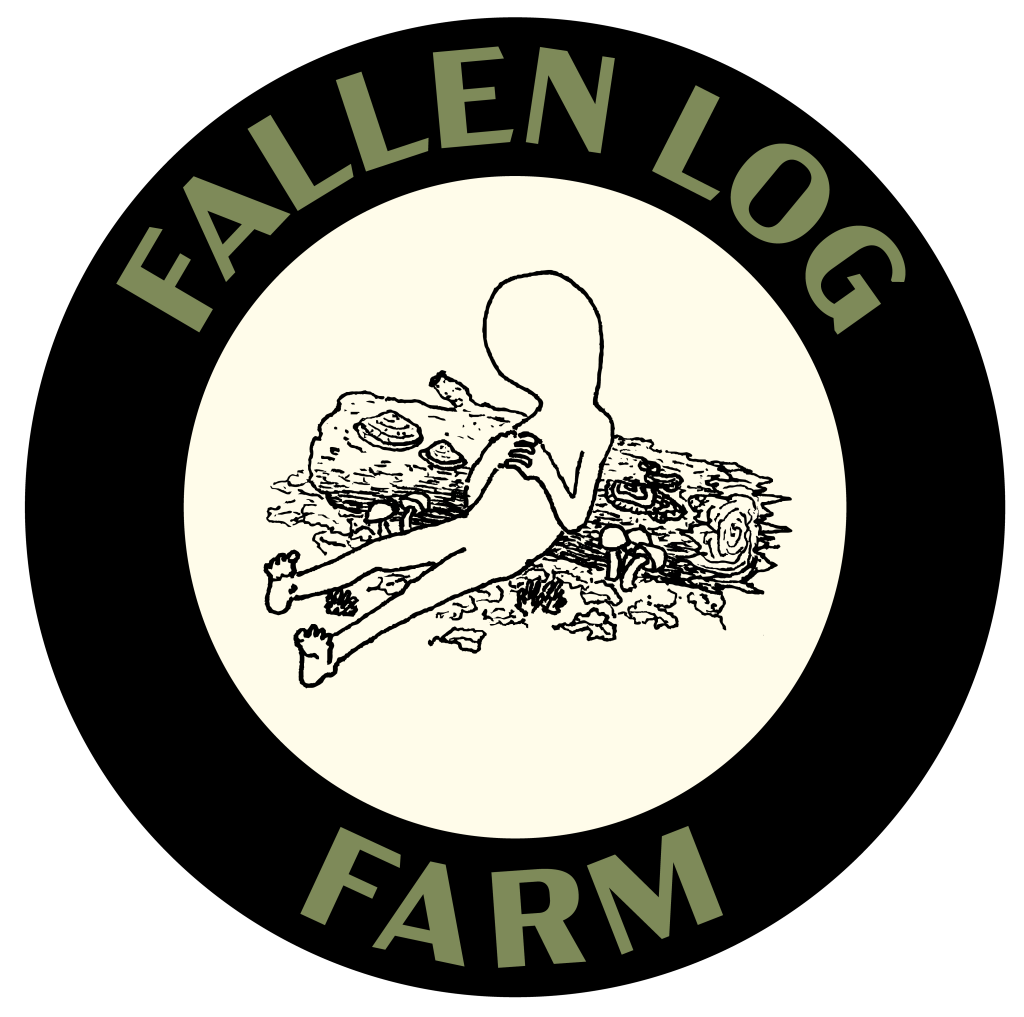
The Problem: Wildfires.
Wildfires are increasing in frequency and severity; meanwhile, climate change is making forest health problems like drought and beetle infestations worse. Is there a way to reduce wildfire severity and help our forests without putting CO2 in the atmosphere through prescribed fire?
The Solution: Mushrooms.
A new method of wildfire mitigation uses fungi (mushrooms) to reduce wildfire danger and improve forest health. It gives the landscape all the benefits of a prescribed fire without pumping smoke into our atmosphere.
How does it work? The fungi-based method is simple:
- Forester identifies unhealthy, overgrown, high wildfire risk forests near populated areas;
- Contractor uses a wood chipper to turn excess, flammable vegetation into mulch;
- Mycologist introduces natural, locally-occurring wood-rotting fungi to wood chip pile;
- Fungi helps wood chips hold 57% more water and rapidly accelerates decomposition;
- The community lowers its wildfire risk, harvests edible mushrooms for food, and enjoys healthier forests and soils.
“Cold Fire” (or passive fungi-based fire mitigation) is a proven and effective way to:
- Reduce flammable brush
- Protect lives, homes, and property
- Restore forests and soils to healthier state
- Capture carbon
- Protect watersheds and biodiversity
Visit www.coldfireproject.org and email TheColdFireProject@gmail.com

Jeff Ravage
Contact Ravage
Jeff Ravage is a Forester and fungal researcher in central Colorado. He began experimenting with the use of wood rotting mushrooms as an agent of ecological restoration in 2014. He also works in realm of carbon markets and contributed to the “Reduced Emissions from Megafires” carbon offset protocol, and others. He raises neotropical aposematic frogs is known to walk right up to trees and smell them.

Lauren Czaplicki
Dr. Lauren Czaplicki is the fun-gal behind the company Fungal Solutions: part think tank, part consultancy, part education firm, all centering on mycoremediation. She holds a doctorate from Duke University with work focusing on sustainable soil mycoremediation. Mycoremediation is any process that uses fungi to clean up pollution or unwanted waste. She focuses on place-based mycoremediation that allies with the fungi, starting with those in the Four Corners area and moving across the mountain west! With Cold Fire, she advises and designs ways to adapt the method and implement it with local fungi. In her downtime, Lauren can be found playing with puffballs, spending time with her family, or painting delightful landscapes and fluffy animals.

Hamilton Prevec
Contact Hamilton

Ali Hager

Kyle Herlach
If this seems like a good idea, but you’d like to see the research.
This method is based on the research and work of Jeff Ravage.https://cusp.ws/mushroom-study/
Study: The Fungal Degradation of the Woody By-products of Forest Management Activities
The Chatfield Report: https://coldfireproject.com/wp-content/uploads/2024/03/Chatfield-Mushroom-Degradation-Trial
How do I get involved?
Contact Us
